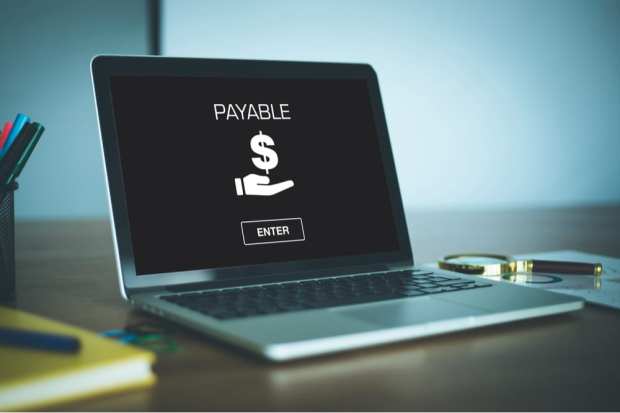Deep Dive: How eSignatures, Digital Payments And Invoicing Automation Tools Streamline B2B Payments

Money is the lifeblood of businesses, and nothing thwarts growth plans like the inability to easily collect revenue and pay vendors.
Inefficient back-office systems can prevent smooth financial flows. Printing paper checks and requiring physical signatures can slow down payments and add complexity to accounts payable (AP) processes, as can legacy invoice processes. Suppliers need to ensure they can generate and deliver invoices swiftly and accurately to increase their odds of being paid in a timely manner.
This month’s Deep Dive examines how digital supports can improve back-office efficiencies and help fuel business expansions.
Digitizing Payments
The work-from-home, remote setups made necessary by the pandemic have complicated transacting between buyers and suppliers via paper checks. These payment instruments are no small part of the B2B space, either, as 30 percent of 2019’s supplier payments were made via checks. Corporate buyers — or the banks to which businesses can outsource payment functions — may need to obtain authorizations on high-value transactions, but this becomes more challenging as offices go remote. AP teams cannot expect to easily mail prepared checks to executives at their homes for their signatures.
Companies are waking up to these problems and looking to swap out paper payment methods for easier digital alternatives. An April survey of 465 financial professionals at primarily mid-market and large businesses found that 39 percent had switched over to electronic payments in response to the global health crisis and that an additional 26 percent planned to do the same.
eSignature technologies are one such tool that can be a game-changer for these businesses. These tools free up approvers from having to process paper and allow AP teams to skip the wait for checks to travel through the mail to personal addresses for signatures. eSignature technologies instead enable staff to digitally sign off on payments approval requests and other documents that they receive remotely. Such tools can make B2B payments more convenient but may not go far enough toward removing frictions for all corporate buyers.
Improving Invoice Processing
Processing paper invoices from suppliers can drastically lower speed, and corporate buyers may turn to machine learning (ML) tools to automate this work. These advanced learning solutions can identify and extract relevant details from the invoices then flow that information into AP teams’ internal routing and approval systems. These tools can power improvements in efficiencies, according to a 2019 global report that surveyed 500 senior level decision-makers at companies that had adopted or expressed interest in using artificial intelligence (AI)-powered technologies to interpret and process documents. The report also said that prior research revealed that leveraging such technologies can reduce errors by nearly 52 percent and result in a 17 percent drop in the amount of time staff has to spend on responsibilities involving documents.
Companies that digitize their AP processes can reap myriad benefits, saving their teams time and freeing them up for other tasks while also paying vendors more quickly and accurately, cementing better supplier relationships. Digital tools for interpreting invoices and approving and delivering payments can therefore lay the groundwork for smoother business growth.
Building a Better AR
Businesses need to attend to frictions impacting the accounts receivable (AR) sides of their operations as well, and many have found that issuing paper invoices can have undesirable impacts on the timelines for receiving their revenues. An April survey of 300 financial managers found that many companies experience past-due payments, for example, with 33 percent reporting they waited an average of 45 days to 60 days after sales to receive compensation.
Respondents also pointed to invoice errors as a key cause of late payments, with mistakes often leading to time-consuming, back-and-forth exchanges with buyers to fix issues or handle disagreements over corrections. Ninety-nine percent said billing disputes were one factor behind the late payments, and the financial technology and services firm that conducted the study suggested that manual processes for preparing invoices could contribute to these disputes by enabling human errors to slip in. Slow methods of bill delivery may also drag out timelines, with 18 percent reporting they still sent invoices through the mail.
Adopting digital systems for creating and sending invoices could help support the speed and accuracy of AR work, however. Switching to PDF invoices sent via email or transmitting electronic billing data directly to clients for quick processing can accelerate timelines, and using automation tools to generate invoices could also boost speed and accuracy. Digital customer data management systems may additionally boost AR teams’ abilities to keep billing and purchase order details organized, including any special discounts or payments terms that have been offered. Regularly reviewing and updating these databases helps AR staff reduce the likelihood of invoice errors.
Scaling up a business depends on money flowing in and purchases being made as seamlessly and accurately as possible. Rotating out manual, paper-based systems for digital supports and automations may unlock important back-office efficiencies and better position companies for future growth.

